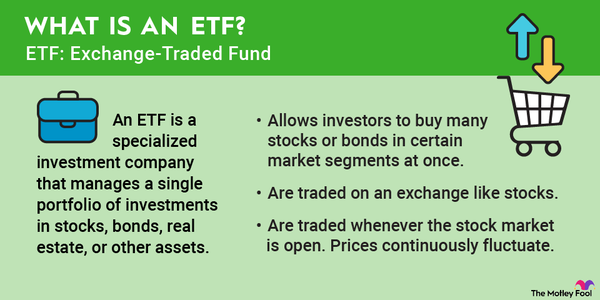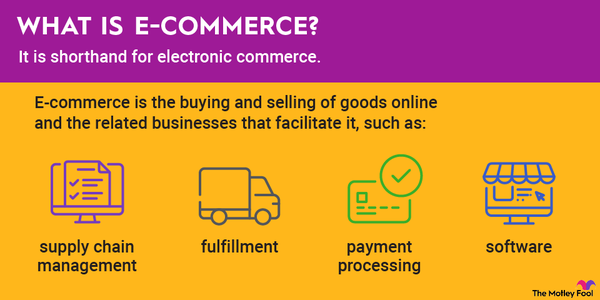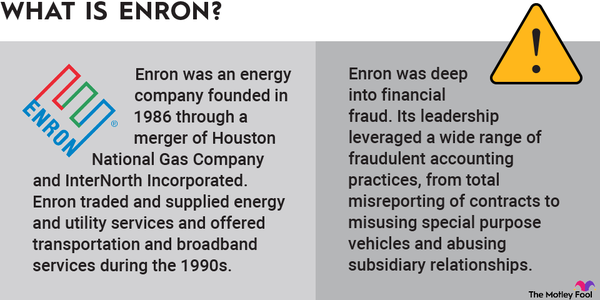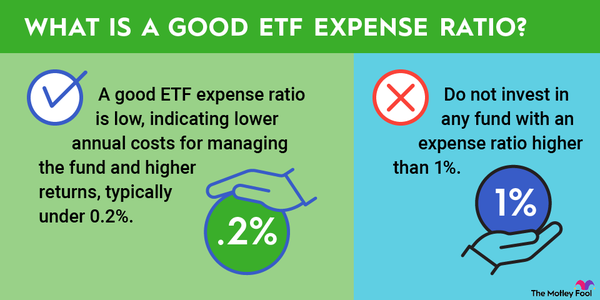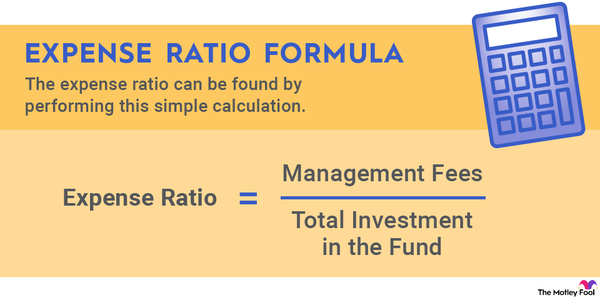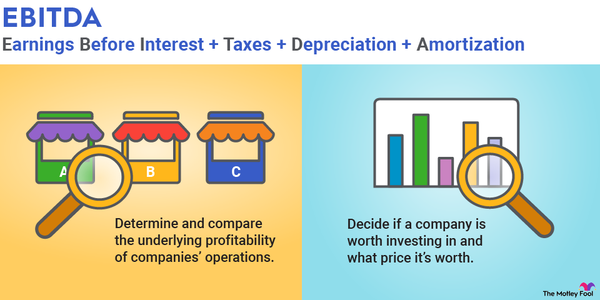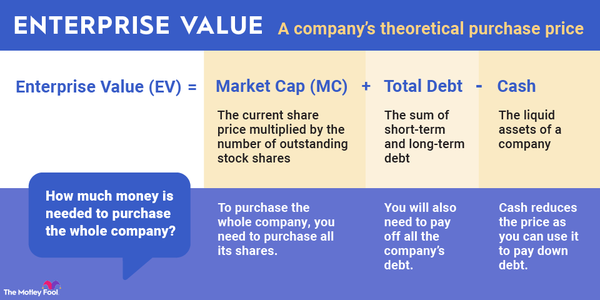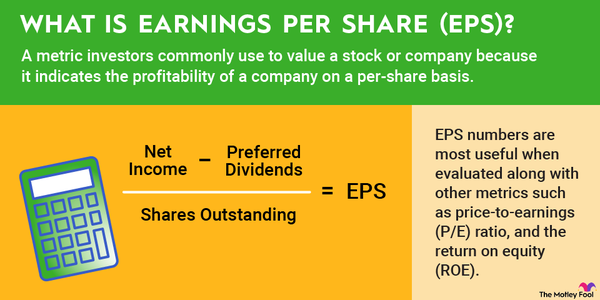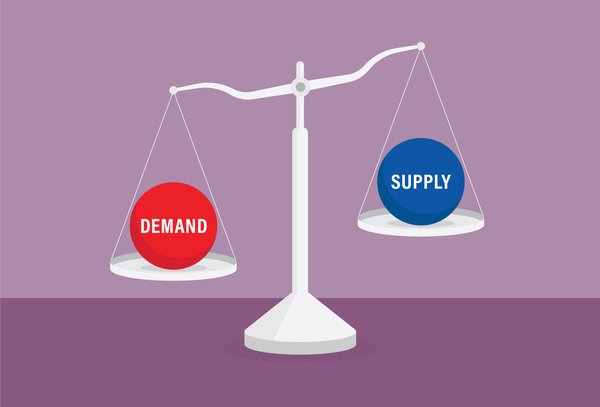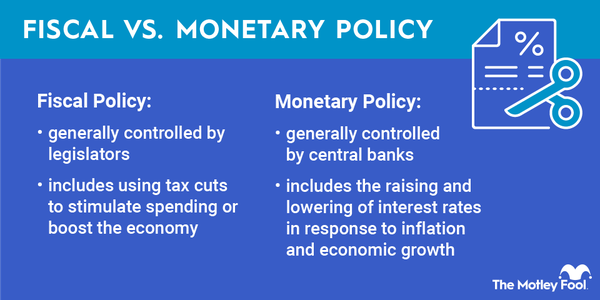Equity-indexed annuities have interest rates linked to the stock market while also providing downside protection. While they often appeal to conservative investors, they're complicated financial products, and they also have some notable drawbacks.

Definition
What are equity-indexed annuities?
An equity-indexed annuity is a contract with an insurance company. You pay premiums during the accumulation period, and during that time, the money you invest grows on a tax-deferred basis. During the annuitization phase, you receive payments from the annuity.
What makes this type of annuity unique is that the return is linked to an equities index, such as the S&P 500. There's also a guaranteed minimum return, so even during years when the index loses money, your annuity doesn't.
How returns work
How returns on equity-indexed annuities work
The guaranteed minimum on equity-indexed annuities is generally between 1% and 3% on 90% of your premiums paid. Returns can be higher depending on the performance of the equities index for your annuity. However, the rate of return likely won't match the corresponding equities index because these annuities will have one or more of the following contractual limitations:
- Participation rates: Your annuity's return is limited to a percentage of index returns. For example, if your annuity has an 80% participation rate and the index climbs 20%, then your annuity's return would be 16%.
- Spread/margin/asset fee: A percentage is subtracted from the index's return. If your annuity has a 3% spread and the index rises 12%, your annuity's return would be 9%.
- Interest caps: Your annuity's return has a fixed limit no matter how high the index goes. If the interest cap on your annuity is 10%, and the index rises 20%, your annuity's return would still be 10%.
The tradeoff for downside protection is more limited upside potential. Equity-indexed annuities also normally don't include reinvested dividends into the rate of return. Dividends contributed 32% of the S&P 500's growth from 1926 to 2023, so not having them can cut into returns quite a bit.
What to know before opening
What to know before opening an equity-indexed annuity
If you're interested in an equity-indexed annuity, make sure to thoroughly read the contract first. In particular, pay attention to the fees, limitations on the rate of return, and the early withdrawal period. During this early withdrawal period, which usually lasts about 10 years, you could pay a hefty surrender charge to withdraw your money. Since equity-indexed annuities are tax-deferred, there's also a tax penalty of 10% for withdrawals before age 59 1/2.
Carefully consider if an equity-indexed annuity is the best fit for your financial needs. For long-term investors with time horizons of at least five to 10 years, investing in stocks could lead to in much higher returns. Downside protection may seem like a smart way to avoid market risk, but capped or reduced returns can significantly reduce your portfolio's overall performance.
Related investing topics
Performance analysis
Performance analysis of annuities
In 2018, S&P Global analyzed how investment portfolios would perform with 25% to 75% allocation in risk-controlled annuities compared to portfolios with no risk-controlled annuities. The portfolios with no risk control included a traditional 60/40 stock/bond portfolio and a portfolio 100% invested in a global stock index.
From 1995 to 2017, the portfolios with risk-controlled annuities were generally less volatile and had smaller maximum drawdowns. But they had lower average annual returns than the 60/40 stock/bond portfolio and the 100% stock portfolio. Investing in bonds also did a good job of reducing volatility and could be a better choice for investors who want less risk without the lower returns and complexities of annuities.







